

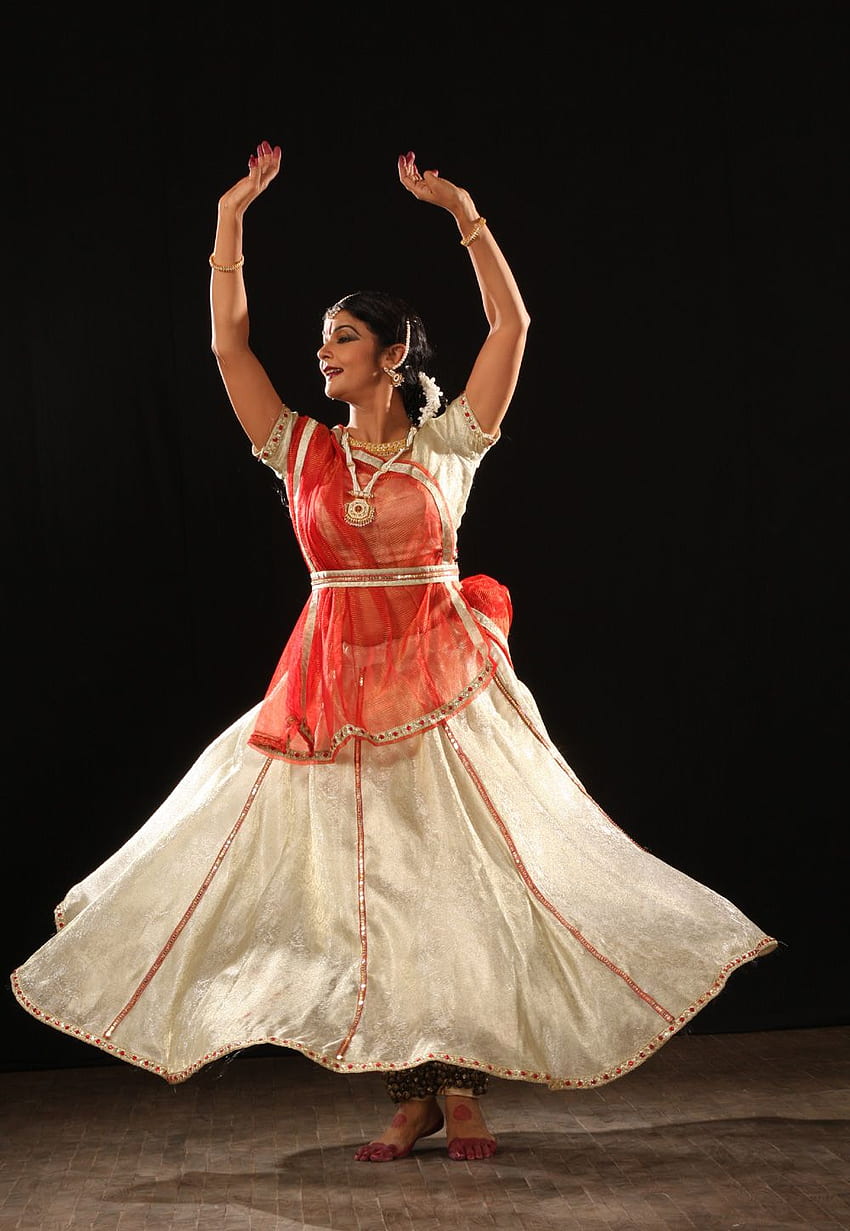
Proactively celebrate the rich tapestry of Indian culture while seamlessly integrating modern interpretations. Uniquely preserve the depth of classical traditions through immersive storytelling and artistically driven expressions. Dynamically transition from age-old rituals to contemporary showcases, ensuring that the essence of India's artistic and spiritual heritage remains vibrant and relevant in the modern world. Completely reimagine the promotion of Indian culture, fostering empowerment through knowledge, artistic excellence, and cultural appreciation.
Proactively refine the intricate beauty of Indian classical arts—be it dance, music, or crafts—while enhancing their global recognition. Seamlessly blend traditional authenticity with innovative presentation, ensuring the enduring legacy of India’s artistic, spiritual, and cultural magnificence thrives across generations and borders.
Duration: 1 Hours
Students: 30
Time: 60 Hours
Days: Monday
Class Price: --
Classical Kathak stands as one of the most refined and mesmerizing dance forms, seamlessly blending grace, rhythm, and storytelling into a profound artistic experience. It is not just a dance but a cultural legacy that has evolved through centuries, making it one of the most revered classical dance forms of India. Here’s why Kathak holds an unparalleled position in the world of performing arts:
Kathak is a unique blend of Taal (rhythm), Bhav (expression), and Ang (body movements) that makes it both captivating and soulful. The intricate footwork (Tatkaar), graceful hand movements (Mudras), and expressive facial storytelling (Abhinaya) create a mesmerizing visual experience.
Kathak is deeply rooted in Natya (dramatic storytelling), narrating mythological, historical, and contemporary stories through expressive movements. From ancient temples to Mughal courts, this dance has been a medium of storytelling, making it both artistic and intellectually enriching.
One of the most technically demanding dance forms, Kathak is known for its mathematical precision in rhythm (Laya & Taal). Dancers perform intricate footwork, fast Chakkars (spins), and striking compositions, demonstrating a deep mastery over beats and timing.
Kathak is more than just a performance—it is a spiritual journey. Originating in the temples of India, the dance was a devotional offering to the divine. Even today, performing Kathak allows dancers to connect with inner peace, mindfulness, and self-expression.
Despite its ancient origins, Kathak remains highly adaptable. It has evolved with different influences, from Mughal aesthetics to modern experimental fusions, making it relevant and dynamic across generations. Its fluidity allows it to be performed on both classical and contemporary music, making it one of the most versatile dance forms.
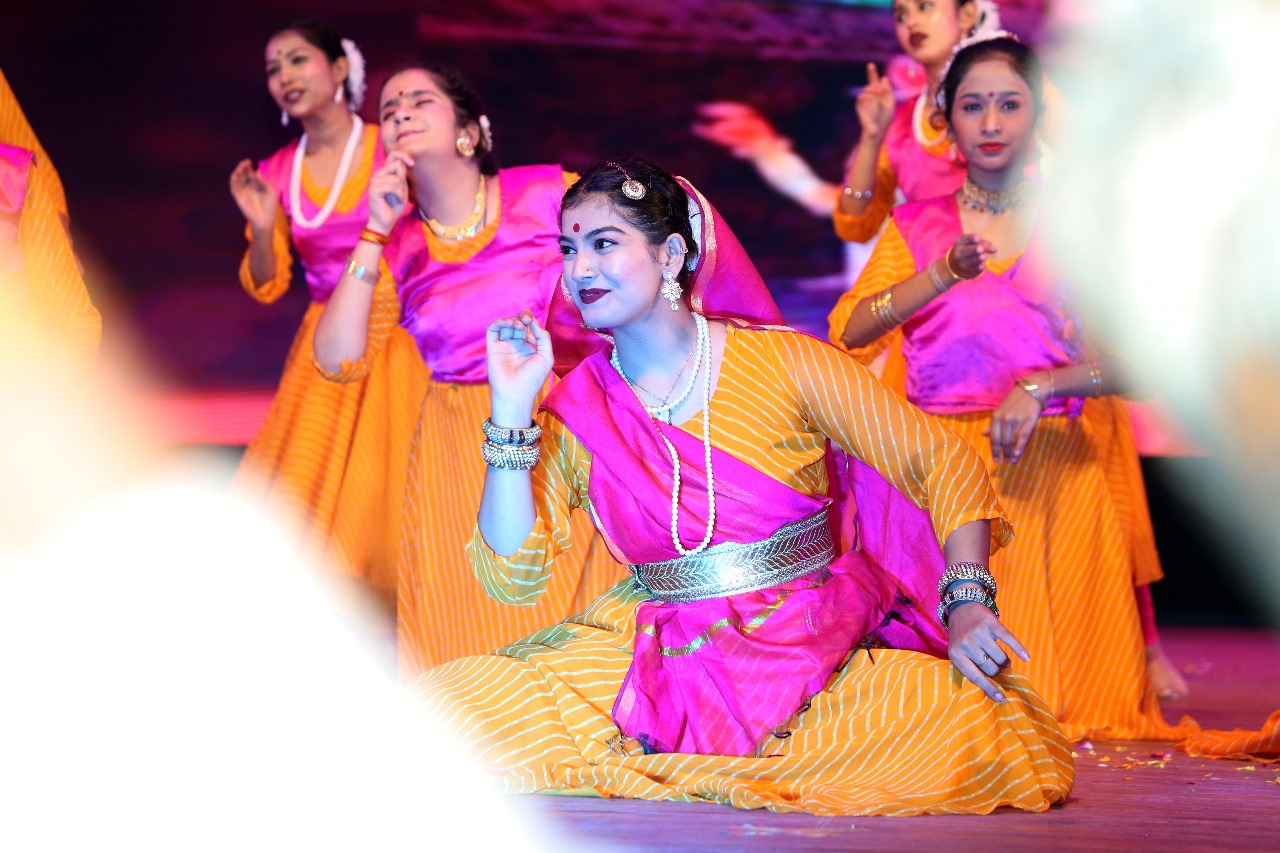
Mastering Kathak requires patience, discipline, and dedication. Here’s a structured approach to learning this classical dance form:
Synergistically strategize vertical best practices and leading-edge best.
CONTACT US
Authoritatively pursue multimedia based metrics before user-centric. Seamlessly drive flexible strategic theme.
Explore Details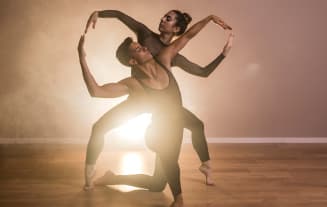
Vivamus suscipit tortor eget felis porttitor volutpat. Vestibulum ac diam sit amet quam vehicula elementum sed.
Explore Details
Curabitur aliquet quam id dui posuere blandit. Pellentesque ipsum orci porta dapibus. Donec rutrum malesuada.
Explore Details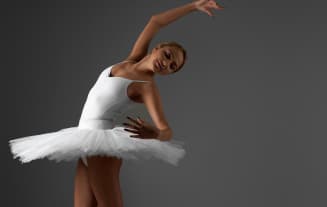
Sed porttitor lectus nibh. Curabitur arcu erat, accumsan id imperdiet et, porttitor at sem. aliquet felis volutpat.
Explore Details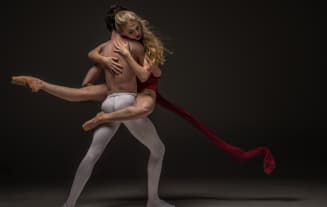
Vivamus suscipit tortor eget felis porttitor volutpat. Nulla porttitor accumsan tincidunt. Quisque velit id enim.
Explore Details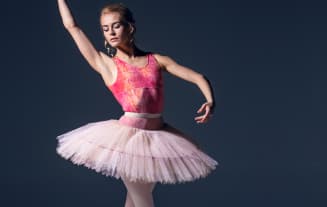
Proin eget tortor risus. Curabitur aliquet quam id dui posuere blandit. Curabitur arcu erat, accumsan id at sem.
Explore Details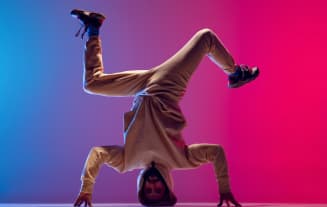
Sed porttitor lectus nibh. Curabitur aliquet quam id dui posuere blandit. Proin eget tortor tincidunt at risus.
Explore Details
Vestibulum ante ipsum primis in faucibus orci luctus et ultrices posuere cubilia Curae; Donec sit amet aliquam.
Explore Details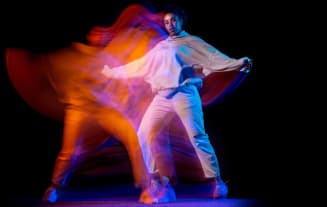
Quisque velit nisi, pretium ut lacinia in, elementum id enim. Nulla porttitor accumsan tincidunt quis ac velit lectus.
Explore Details